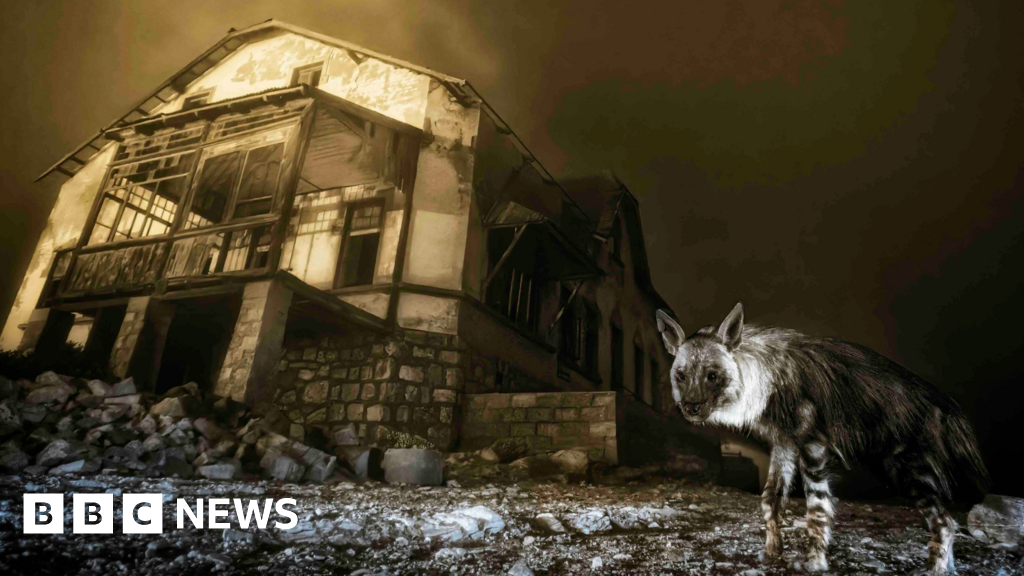
"A brown hyena standing beside the ruins of an abandoned diamond mining settlement has earned wildlife photographer Wim van den Heever the title of Wildlife Photographer of the Year. He set up his camera trap after spotting fresh hyena tracks in the ghost town of Kolmanskop, Namibia. It took him ten years to get the shot, he said. The brown hyena, the rarest of all hyena species, is primarily nocturnal and tends to live a solitary life."
"While exploring the Lepini Mountains in central Italy, an area once logged for its old-growth beech trees, Andrea spotted a beetle resting on a cut log beside abandoned machinery. "This photo shows the story and challenge faced by many animal species: habitat loss," he says. "In this case, it's a beetle that loses the tree and the wood it needs to lay its eggs.""
"He was awarded the prize at London's Natural History Museum. The annual exhibition dedicated to the competition opens at the Natural History Museum on 17 October. Keep scrolling to explore the full collection of award-winning images. After weeks of patience, last year's winner, Shane Gross, captured peppered moray eels scavenging for carrion at low tide. He spent hours enduring the sun, heat, and flies, waiting where dead fish had washed up. Eventually, three eels appeared."
Wim van den Heever captured a brown hyena beside ruins of an abandoned diamond mining settlement in Kolmanskop, Namibia, using a camera trap after spotting fresh hyena tracks. The image took him ten years to obtain. The brown hyena is the rarest hyena species, primarily nocturnal and mostly solitary. He received Wildlife Photographer of the Year at London's Natural History Museum and the annual exhibition opens on 17 October. Junior winner Andrea Dominizi photographed a beetle on a cut log in the Lepini Mountains, illustrating habitat loss. Shane Gross captured peppered moray eels scavenging carrion at low tide in the Seychelles.
Read at www.bbc.com
Unable to calculate read time
Collection
[
|
...
]